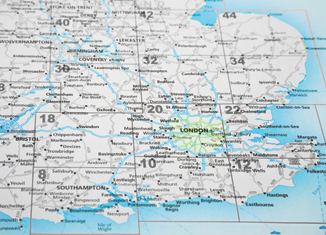The effects of the pandemic have been there for all to see, so far. At the risk of being the harbinger of bad news…the “so far” is a deliberate inclusion. There’s lots and lots of time to come yet and lots left to play out, even without another alphabet worth of variants and a smattering of lockdowns, masks and other restrictions.
There is also a feeling that the stimulus train has run out of puff at this point. The economy isn’t exactly roaring, and there are serious issues in supply chains to deal with - all of which is making the economy stutter, and also making Great Britain not look so great on the world stage, which is far from ideal. The recent political chatter from the incumbents has again recently referred to £650bn (this plan was made around the time of the election win, but shelved after March 2020’s budget) - the next level of detail on this is the breakdown (don’t worry, it isn’t ALL public funds): £254m Economic Infrastructure (Public), £208m Private Investment (across all sectors), £97m Regulated Utilities, £89m Social Infrastructure (Public).
Still, an equivalent amount to what’s been spent (and borrowed) on the pandemic thus far, again. Debt looms and a further incentive to keep interest rates low would seem to go with it. Overall, I very much support infrastructure spending and would prefer that having been our way out of the great financial crisis, rather than austerity. That’s less ideological and more hindsight on top of the evidence that started mounting up in the early 2010s. However, the debt position is fine until it isn’t fine - and this is the nature of the issue with the Modern Monetary Theorists who are more on the side of “money is free”.
There’s a phrase (well, there’s hundreds of them) about stock market investing. “Sell in May and go away”. Between 1950 and 2013 the returns in the S&P 500 between May and October were an average of only 0.3% per year (compared to 7.5% between November and April). The theory is around there being thinner volumes in the summer months and more risk, and more sensitivity to bad news.
I suspect there’s more than a touch of data mining in there. This year’s number, as I write this, is +3.9% since 1 May. That might surprise a few (that it is that low) who follow the US market, but there has been a reasonable correction since the most recent highest high in early September. However, the overall point is that, as I’ve been saying for some months, there is likely more bad news than good to come out as we approach winter of 2021.




















